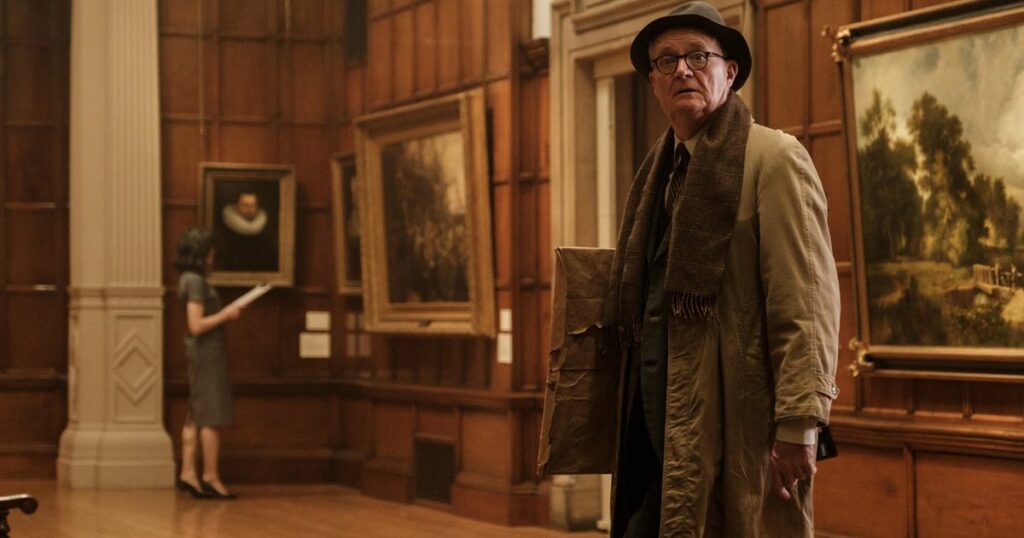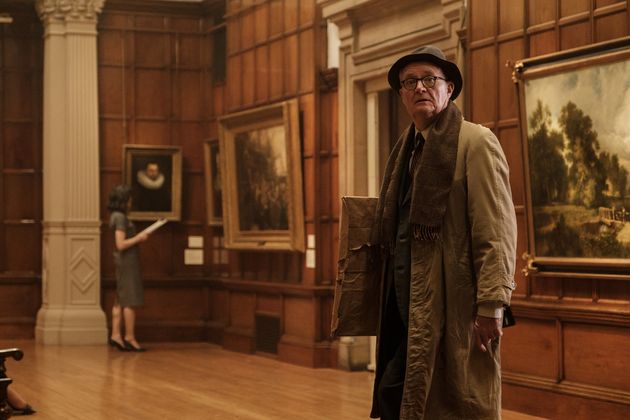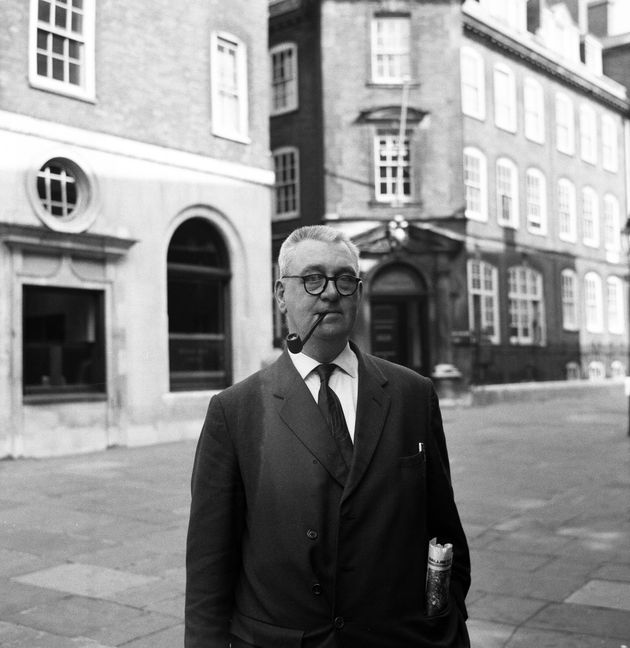Nick Wall
CINEMA – In the 1960s, the story made headlines in the Anglo-Saxon press, but it had never yet been adapted into a film. It’s done with The Dukethe latest feature film by director Roger Mitchell (Love at first sight in Notting Hill) who died last September, which is released in theaters this Wednesday, May 11.
It was the grandson of the real Kempton Bunton who contacted producer Nicky Bentham to tell her the incredible story of his grandfather, the eccentric and touching character behind the theft of the portrait of the Duke of Wellington by Goya, in the early morning of August 21, 1961 at the National Gallery in London.
A retired bus driver (taxi, in the film), Kempton Bunton has already been jailed twice for refusing to pay BBC royalties. For this veteran also marked by the death of one of his children, television is a remedy for the loneliness of the elderly, and he campaigns for them to have free access to it.
The astonishing “ransom” of the Goya
When in 1961, the British government spent 140,000 pounds (the equivalent of 3 million pounds today) to keep this painting by the Spanish master in its collections rather than returning it to the United States, Kempton Bunton was enraged to see so many money spent for this purpose.
Mirrorpix via Getty Images
In the aftermath of the mysterious disappearance of the Goya, stolen from the central room of the National Gallery, the Reuters press agency receives an astonishing demand for “ransom”: if 140,000 pounds are paid to a charity aiming to pay TV royalties of the poorest citizens, and the author of the theft is granted amnesty, the masterpiece will be returned. But the request does not succeed.
“For us, the real charm of the film is Kempton, assure the screenwriters in the production notes. Even if the reality did not stop contradicting him, he was really convinced that he could change the world and improve the behavior of his neighbor. This belief has been deeply rooted in him since childhood and has never been shaken.”
Keystone via Getty Images
While all the police in Great Britain are looking for the author of this theft – whom they take for a high-flying thug – for more than four years, Kempton Bunton ends up returning the painting in 1965 by depositing it in a baggage locker. And to surrender to the police a few weeks later.
During the trial of this modern Robin Hood widely followed and supported by the British people – these sequences with extracts from the original transcriptions are particularly crisp in the film -, Kempton Bunton is sentenced (to three months in prison)… but only for the theft of the picture frame which was never returned!
If the pensioner died in anonymity in 1976, a new twist changes a few lines of this story twenty years later – but we will preserve the suspense there for those who will go to see the film. Worn by actor Jim Broadbent who embodies this deliciously British hero, alongside his wife played by the brilliant Helen Mirren, The Duke is a pretty fable full of optimism and naivety also which is good for morale.
See also on The HuffPost: Omar Sy creates a diversion like Arsène Lupin in the Paris metro




